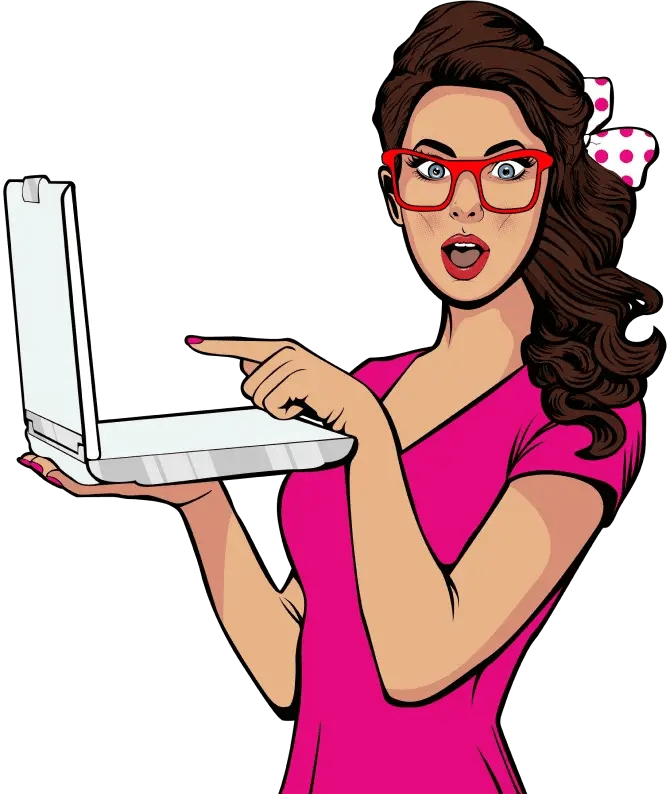Experience firsthand how Mind & Metrics + Supered.io can help your business streamline execution, eliminate unnecessary back-and-forth, and ensure AI accelerates growth—without the chaos.
Sales Enablement: How to Succeed in a Difficult Sales Climate
The current remote-forward, highly competitive sales landscape and tumultuous economic climate has salespeople facing higher quotas, while simultaneously running into more difficulties converting leads. Both salespeople and their customers are feeling the squeeze of inflation and looking towards their bottom line.
What’s the solution to weathering this difficult sales climate? Sales enablement strategies are increasingly being adopted by organizations as a way to increase productivity of sales teams and break down barriers to conversion.
What is a sales enablement strategy and how could it potentially benefit your business?
What is sales enablement?
In a nutshell, sales enablement means training your sales reps to use their time more efficiently by providing them with the tools and education they need to succeed. Sales enablement strategies aim to increase productivity and revenue by promoting cross-team alignment and reducing time wasted on redundant tasks.
A 2022 Salesforce survey estimates that salespeople only spend an average of 28% of their week selling.
Time is wasted when people in sales:
- Search for data & past interactions with clients/customers/leads
- Create sales collateral that already exists
- Can’t find conversion metrics
Why adopt a sales enablement strategy?
Inefficient sales workflows and disorganized data leads to lost time and revenue. Sales is an uphill battle, and the methods that used to be effective no longer work in the world of digital shopping.
Virtual selling presents additional challenges that in-person sales doesn’t. 74% of sellers say their jobs are becoming more consultative and less transactional. Shoppers can carry out their purchases independently and don’t need to go through a salesperson most of the time. In many cases, consumers will only consult a salesperson if they have to. This means that salespeople have to know what they’re selling inside and out, to provide more value to their leads.
Sales enablement aims to equip salespeople with the tools they need to be just as effective behind a screen as they are in-store.
Studies have shown that sales enablement is more than just a fad or a buzzword - sales enablement shows real results. This type of strategy is correlated with an increased deal win rate - organizations with sales enablement see a 49% win rate, while those without have an average win rate of 42.5%.
Due to the proven positive outcomes of sales enablement strategies, Gartner predicts sales enablement budgets will increase by 50% by 2027.
Basic components of a sales enablement strategy
Sales enablement sets your sales team up for success through increased access to customer data, cross-team alignment, and the development of training materials. The following are resources sales enablement strategies typically employ:
A CRM
CRMs keep all customer data in one place, so all teams have equal access to the metrics they need. To keep up with digital sales, companies need to implement a CRM that can keep up, and train all team members on how to use it. A CRM helps your sales team:
- Keep track of customer interactions for more personalized communications
- Assign tasks for themselves so they can remember to reach out to prospects
- View updated customer metrics like email click rate and conversion rate
CRMs also help with cross-team alignment, since marketing can see what’s converting and what isn’t, and adjust their strategy as necessary. At the same time, sales can see what marketing content their leads are engaging with the most, and can better predict the information leads are seeking out.
A library of sales collateral
Having a preset collection of resources for leads helps create more productive interactions between leads and sales reps. It also prevents salespeople from wasting time creating sales collateral that, unbeknownst to them, has already been created.
Content such as eBooks, product demos, and case studies are all invaluable.
Training, coaching, and development
Provide your sales team members with access to training materials and certifications. Sales enablement training programs can help your sales team learn how to leverage data into their decisions, show the right content to their prospects at the right time, and ultimately close more deals.
Training is more effective as an ongoing process, rather than one bulk session. Treat your sales reps to multiple sessions as they go along.
Sales enablement best practices
You could have all the right tools, but without a plan for using them, you won’t see results.
Have clearly established goals and success metrics
Your sales team should know how their success is being measured. To determine success metrics, think about the reason you’re looking to establish a sales enablement strategy in the first place. Where is your current process falling short? Then, match the struggling metric to a key performance indicator, or KPI.
For example, if your deals are taking too long to close, consider using sales cycle length as a metric. Or if conversions are at issue, use deal win rate.
After you’ve chosen your KPI, develop SMART goals surrounding it. SMART stands for Specific, Measurable, Achievable, Relevant, and Time-bound. Take into account your team’s resources and current performance and go from there. A good example of a SMART goal in this case may be: I want to increase the company’s deal win rate by 20% by the end of the next quarter.
Optimize your strategy as you go
Sales enablement is not a one-and-done deal. Be sure to establish a timeline of regular check-ins on progression towards milestones and measure impact on sales metrics.
If your team isn’t hitting its goals as expected, use that information as fuel for future improvements. Consistently adapt and change your strategy as needed.
Help your teams adjust to changing buyer expectations
Sales enablement has been shown to be an effective way to equip sales teams with the tools they need to handle the current sales landscape. Buyer behavior is not only influenced by the prevalence of digital sales, but also by the ripple effect of the global pandemic.
Set your company up to stay afloat during a trying economic environment with our free eBook. Learn tips for how to boost revenue and keep your customers coming back, even in the face of inflation.

